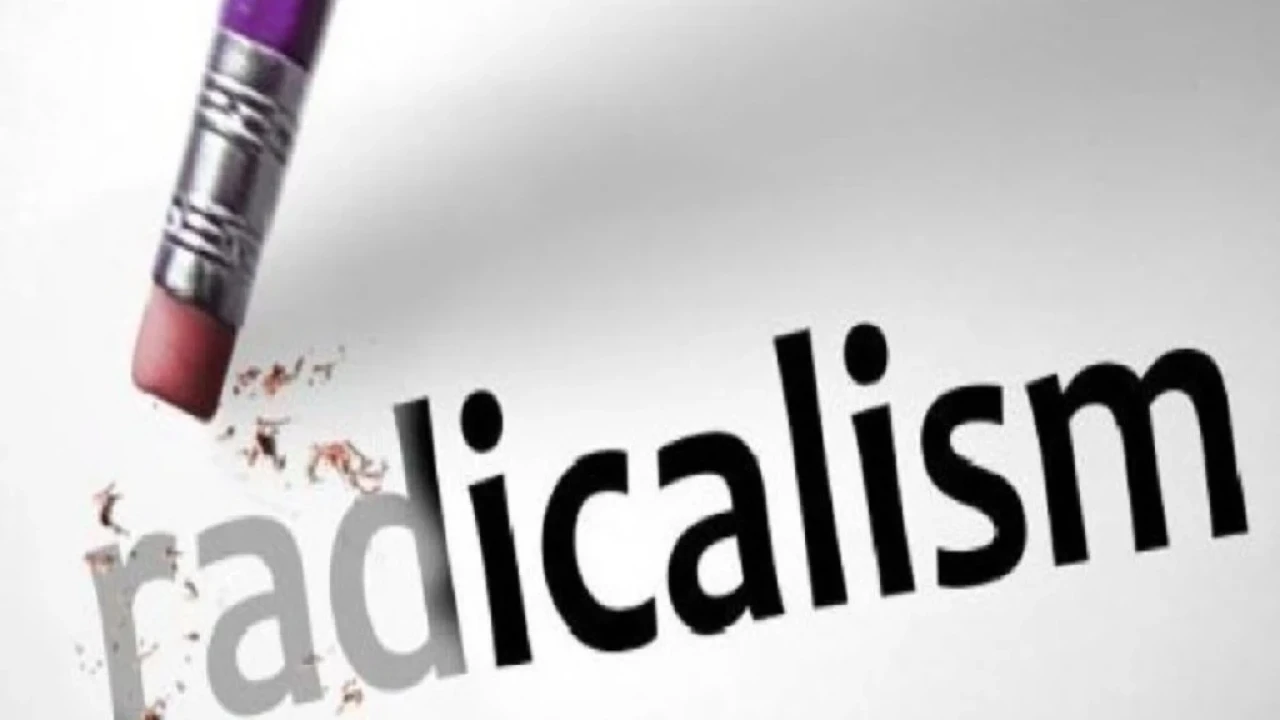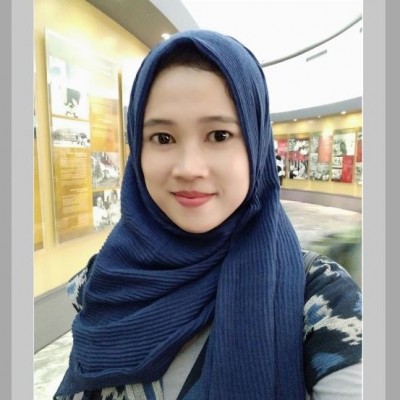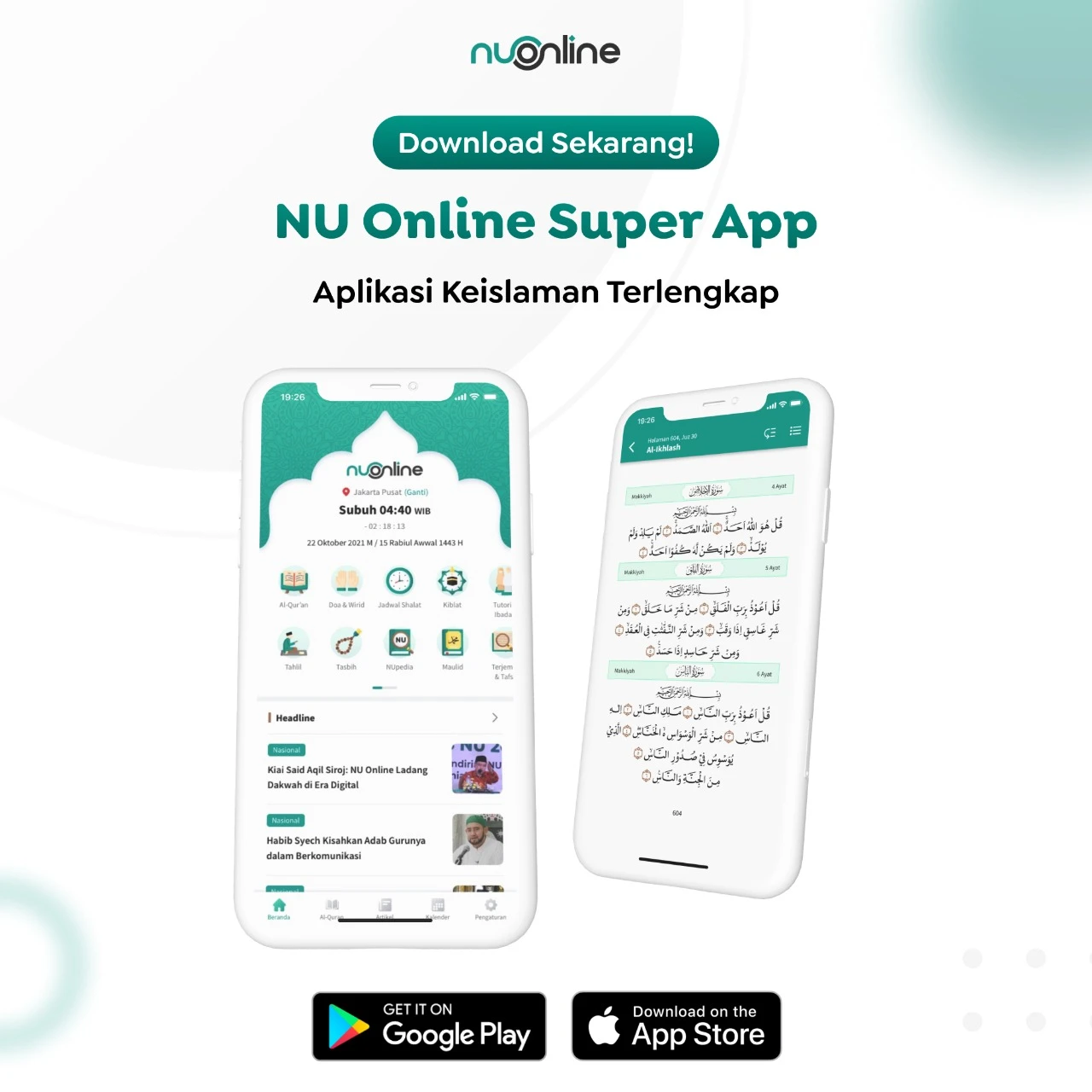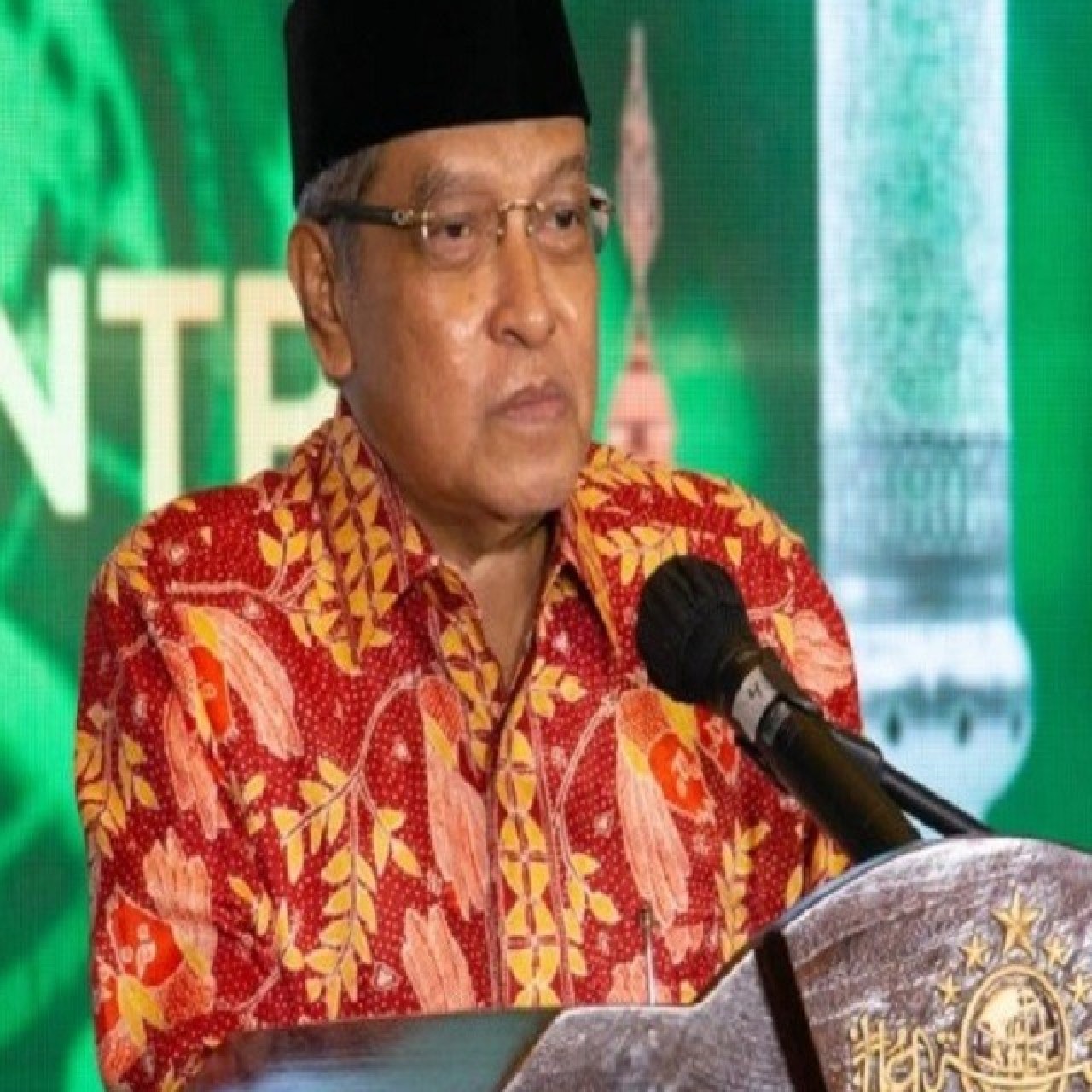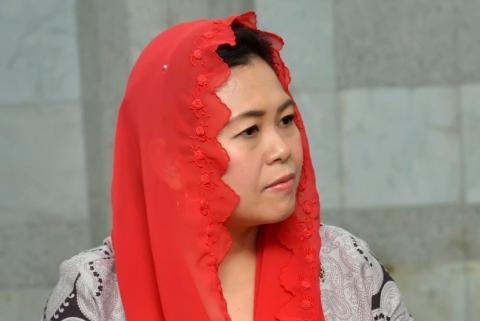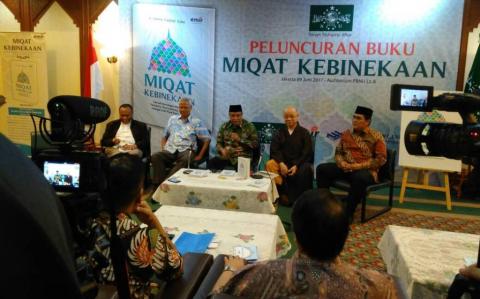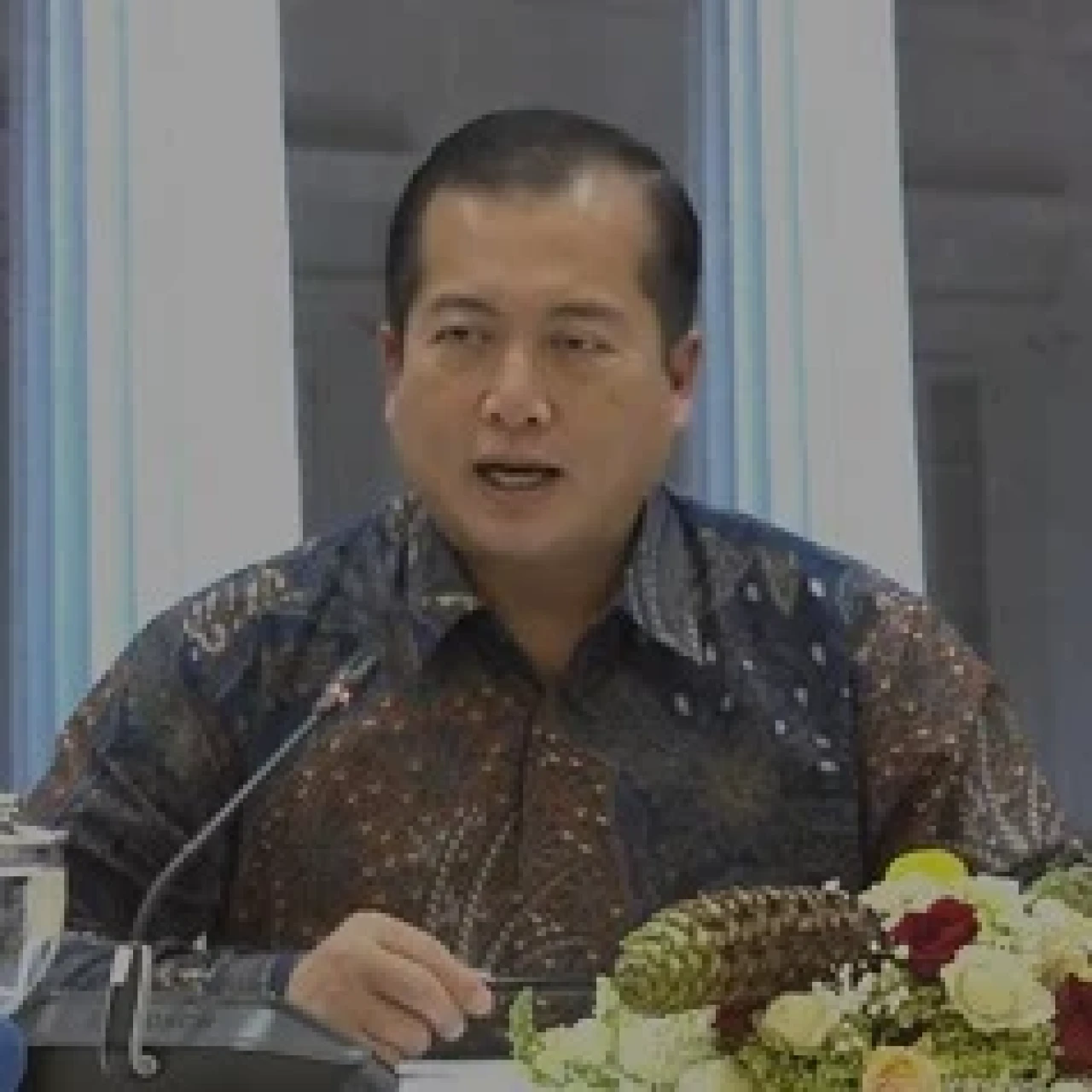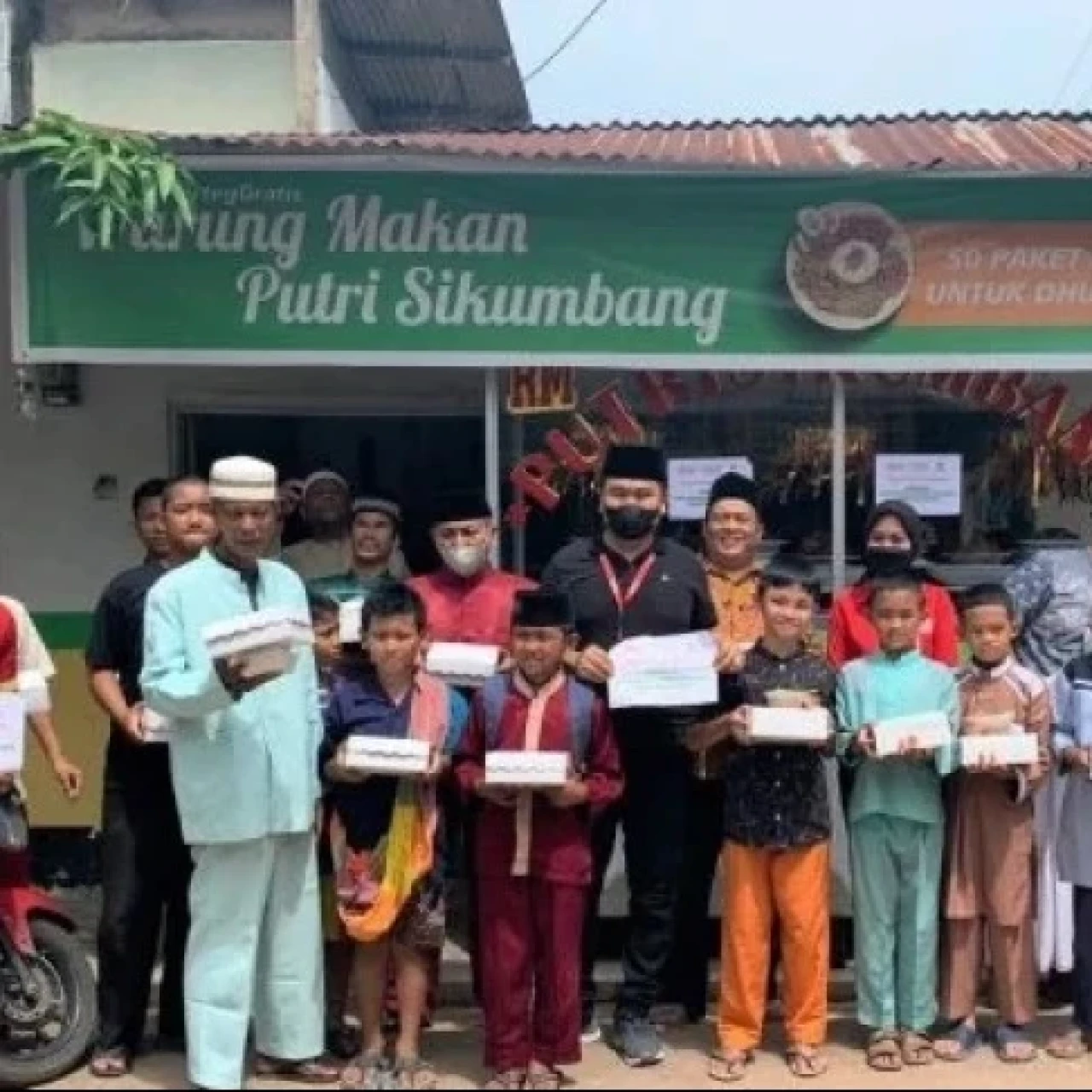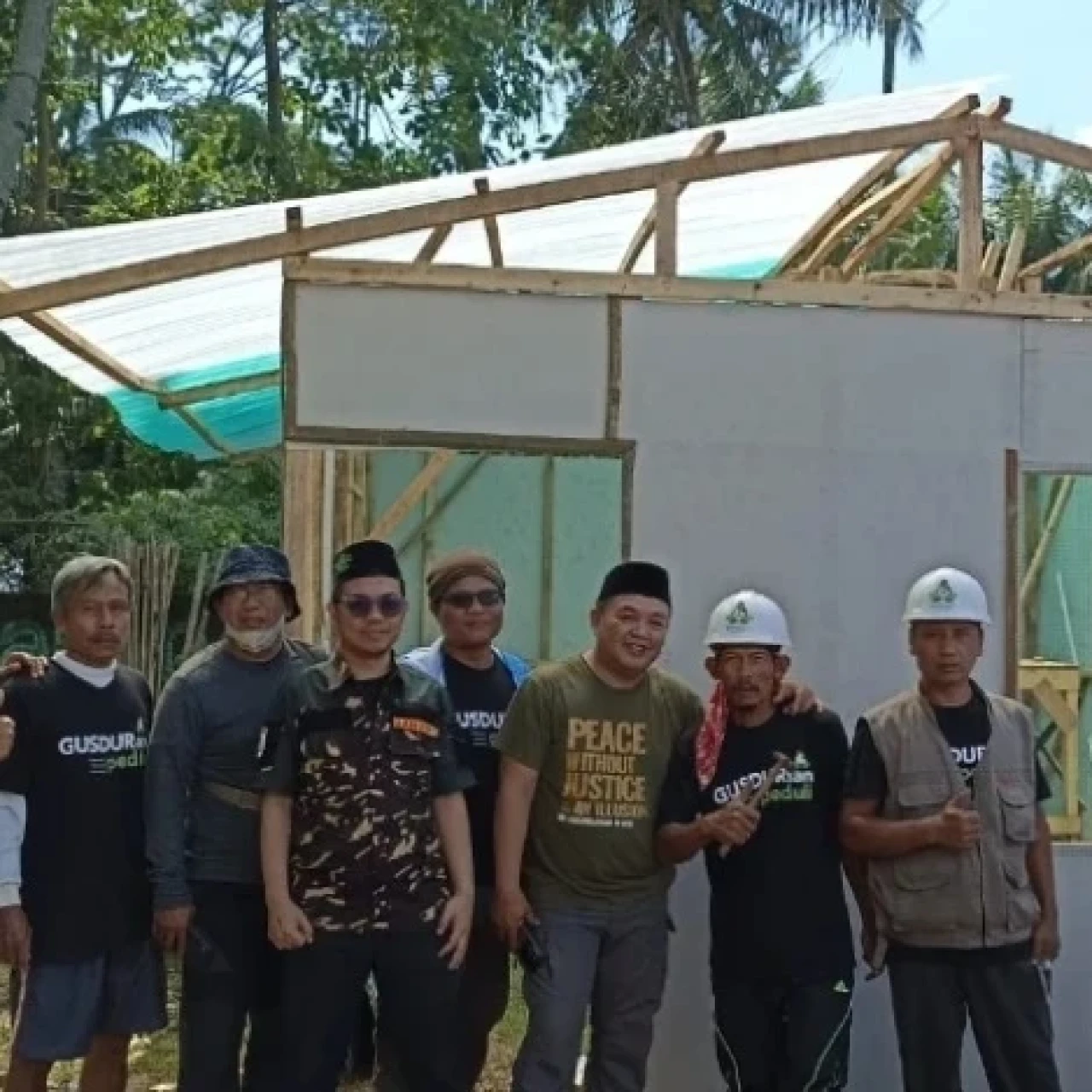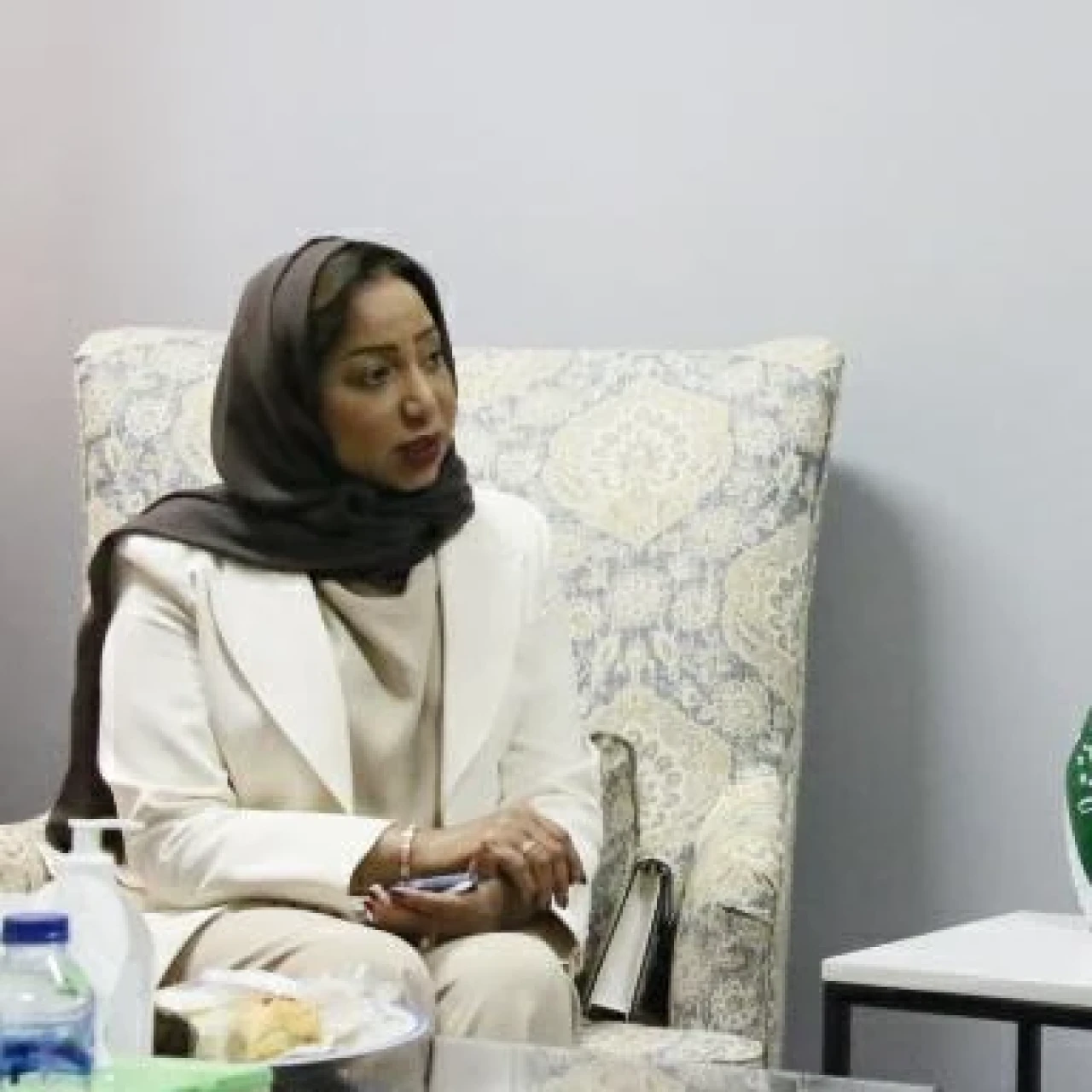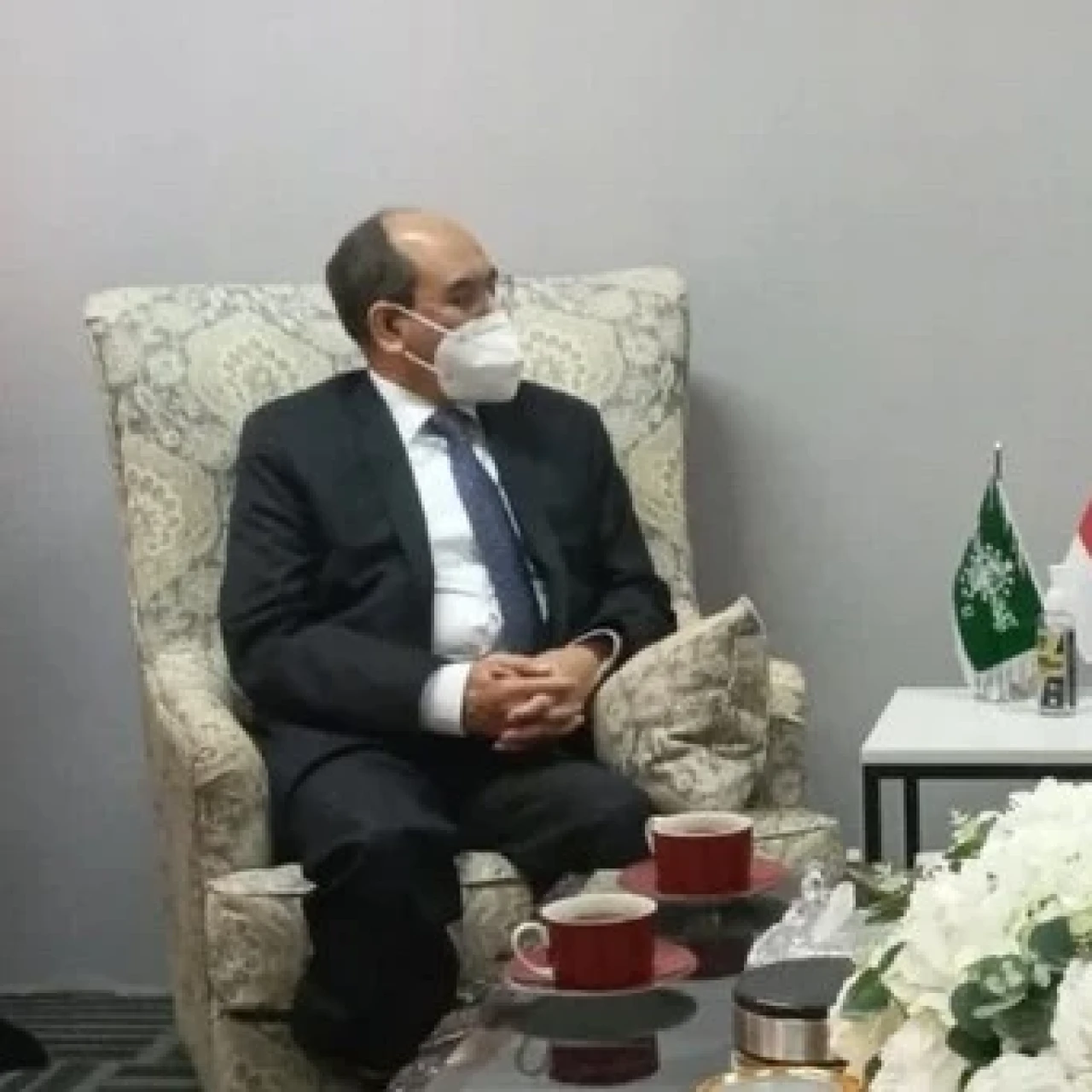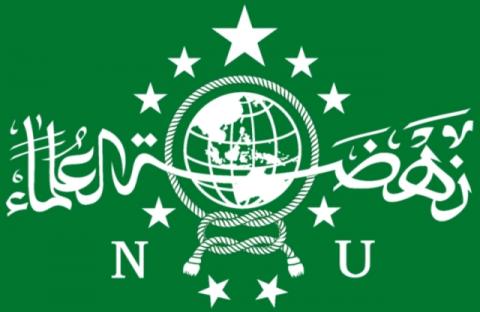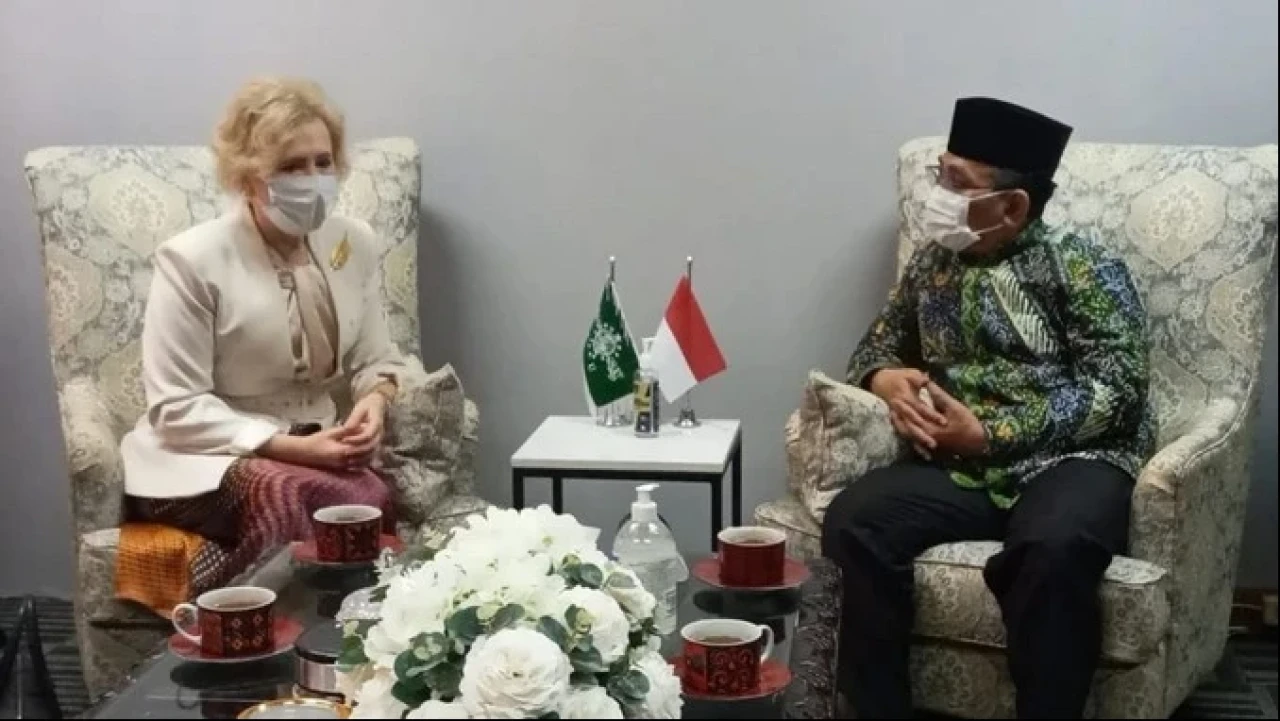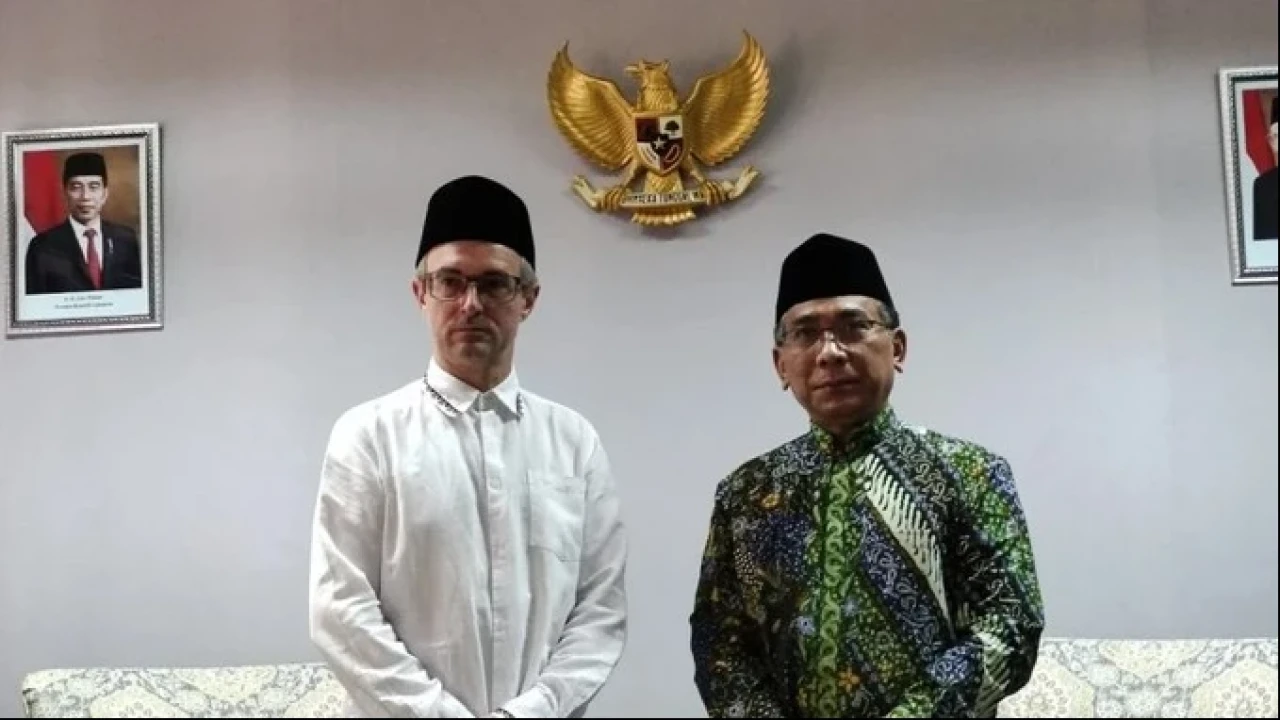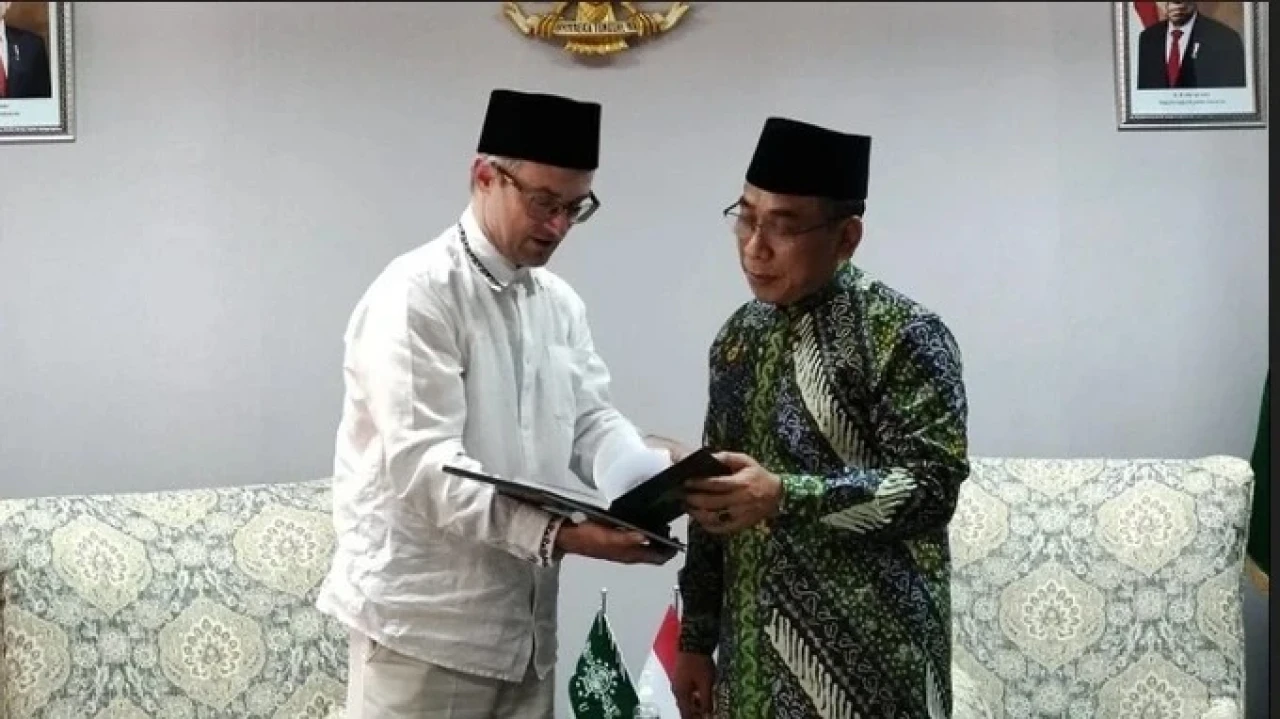Social media becomes an incubator for radicalism among millennials, expert says
NU Online · Jumat, 26 November 2021 | 21:45 WIB
Syifa Arrahmah
Kontributor
Jakarta, NU Online
Statistics expert from the University of Indonesia (UI), Farhan Muntafa, revealed that messages containing radicalism could easily be obtained from contents on online sites or social media.
According to him, young people become radicals or even join militant groups through invitations on social media. Social media is now considered to be one of the incubators of radicalism, especially those targeting young people, both intellectual and ordinary youth.
"Social media is allegedly an incubator for radicalism, especially for the younger generation," he said in the Seminar on Extremism Narrative Content Research Results in Online Media organized by the Research and Development Center for Religious Guidance and Religious Services (BALK) Education and Training of the Ministry of Religious Affairs in Central Jakarta, Thursday (11/25/2021).
All this is more accurate when referring to the results of a research conducted by the Ministry of Religious Affairs' Balitbang. In a research exemplified by Leefa, a former ISIS sympathizer was attracted to ISIS because she watched propaganda videos on the internet. However, not long after that she felt regret.
A similar story was experienced by Nur Dahnia, daughter of the Director of the Batam Authority, Joko Wiwoho. At that time, when she decided to go to Syria, she was only 15 years old. Then, after being in Syria for approximately 1.5 years, she finally returned and realized her mistakes.
Such cases, said Farhan, proved that the internet has been used to release manifestos, propaganda, agitative statements, garner support to strengthen networks, and communicate between networks to recruit new members.
In addition, he continued, there were also weakness factors that make a person easily influenced and eventually enter the extremist group. "Why are they easy to be invited by this big movement, because they have weaknesses. There are seven factors, one of which is the lack of understanding of local wisdom,” he explained.
"Well, that is the factor that makes people vulnerable to being inserted into radical ideas," Farhan continued.
Supporting Counter Narratives
For that reason, through their research, researchers from the Research and Development Center (Balitbang) of the Ministry of Religious Affairs recommend that the government always supports the media that have been carrying the issues of counter-narrative to extremism as a preventive effort against the influence of any extremist content.
Elma Heryani, a researcher at the Balitbang said the recommendation was aimed at preventing users from being contaminated, as well as increasing resistance to malicious narratives online.
"Simply put, the urgency of this counter-narrative is to replace radical (evil) contents with peaceful ones," explained Elma.
Regarding the media, she said, there were several categories that make the online media worthy of being regadred a counter-narrative. Among other things, first, literacy contains non-violent religious messages.
Second, continued Elma, the dissemination of strengthening religious moderation. Third, the narrative of a call to live in peace and harmony. Fourth, the rejection of understandings/beliefs that legitimize violent methods in resolving differences or conflicts.
"Fifth, the rejection of acts violence and or terrorism, rejecting all views, attitudes, and actions that are anti-human," said the woman from Madura.
"Furthermore, (it is important) to maintain the commitment of mutual agreement in the life of the nation and state (NKRI, Pancasila, the 1945 Constitution, and Bhinneka Tunggal Ika), and upholding principles based on human rights, the rule of law, and justice (non-discrimination). It also contains dialogue between adherents of religion and belief, which carries the messages of vigilance against hoaxes and hate speeches," said Elma.
Meanwhile, another researcher, Abdul Jamil Wahab, reported that in his research there were at least 46 online media that were studied. His research used four assessment dimensions, namely structural coherence, material coherence, characterological coherence, and narrative parallels. The result is a score of 81.81 percent.
"It means that the media studied are categorized as very good as media that carry out counter-narratives to extremism," added the doctor who graduated from the Jakarta's PTIQ Institute.
Contributor: Syifa Arrahmah
Editor: Sudarto Murtaufiq
Terpopuler
1
KH Thoifur Mawardi Purworejo Meninggal Dunia dalam Usia 70 tahun
2
Targetkan 45 Ribu Sekolah, Kemendikdasmen Gandeng Mitra Pendidikan Implementasi Pembelajaran Mendalam dan AI
3
Taj Yasin Pimpin Upacara di Pati Gantikan Bupati Sudewo yang Sakit, Singgung Hak Angket DPRD
4
Kuasa Hukum Rakyat Pati Mengaku Dianiaya hingga Disekap Berjam-jam di Kantor Bupati
5
Amalan Mengisi Rebo Wekasan, Mulai Mandi, Shalat, hingga Yasinan
6
Ramai Kritik Joget Pejabat, Ketua MPR Anggap Hal Normal
Terkini
Lihat Semua

